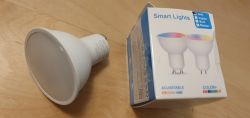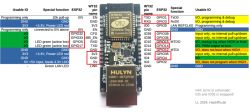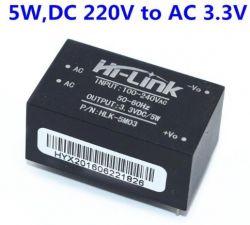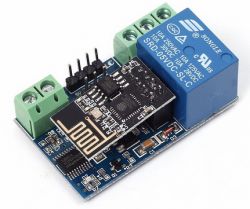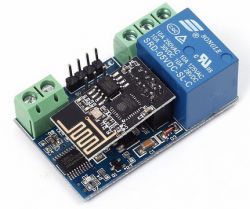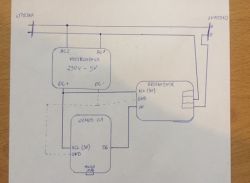Hello,
I am looking for a solution to a problem. I have Domoticz set up on a raspberry pi b3+, the other devices, often needing rework, would communicate wirelessly with the Raspberry. What I would like to connect:
- lighting control
- window contacts
- temperature and humidity sensors
- camera
I would like to make this as compact as possible, without having to run separate cables. Everything based on ESP8266 and relays. I am wondering how you have solved the issue of powering such devices. In the case of temperature and humidity sensors, I only need to take readings every e.g. 5 minutes. In this situation, will a battery power supply be satisfactory, i.e. will it maintain power for at least a month? How do I then program the ESP module Window/door contacts can also be powered in this way? Obviously for the light switches, I would like to fit the whole installation behind the switch. I have found an inverter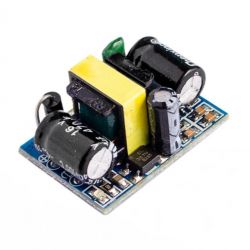 .
.
Will it do the job of controlling the lighting. Please give me a hint on how to do such an installation correctly. I will be grateful to you for all practical comments.
Best regards
I am looking for a solution to a problem. I have Domoticz set up on a raspberry pi b3+, the other devices, often needing rework, would communicate wirelessly with the Raspberry. What I would like to connect:
- lighting control
- window contacts
- temperature and humidity sensors
- camera
I would like to make this as compact as possible, without having to run separate cables. Everything based on ESP8266 and relays. I am wondering how you have solved the issue of powering such devices. In the case of temperature and humidity sensors, I only need to take readings every e.g. 5 minutes. In this situation, will a battery power supply be satisfactory, i.e. will it maintain power for at least a month? How do I then program the ESP module Window/door contacts can also be powered in this way? Obviously for the light switches, I would like to fit the whole installation behind the switch. I have found an inverter
 .
.
Will it do the job of controlling the lighting. Please give me a hint on how to do such an installation correctly. I will be grateful to you for all practical comments.
Best regards




